The most expensive photos always cause curiosity and surprise. Some of them need to look at the galleries, the popularity of others completely unexplained. What forces buyers to pay such money for photos?
1. “Phantom” (2014) $6.5 million
Australian landscape photographer Peter Lik has taken the crown for the most expensive photo ever sold. His black and white photograph called “Phantom” was bought by a private collector for $6.5 million. “Phantom” was captured at Arizona’s Antelope Canyon, a slot canyon that’s popular among landscape photographers, and shows a beam of light resembling a “ghostlike figure.”
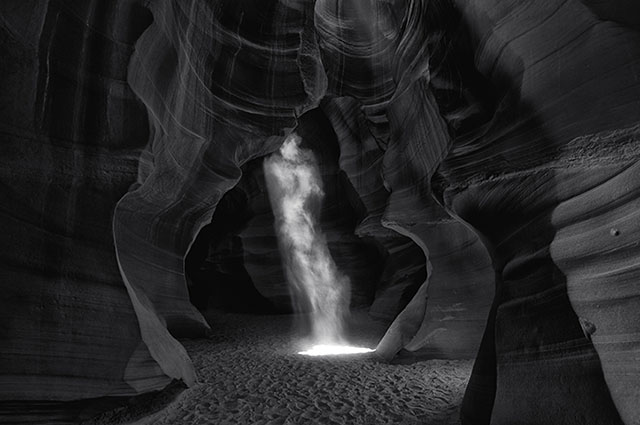
2. “Rhine II” (1999) $ 4.3 million
German photographer Andreas Gursky is famous for his large-format images of architecture and landscapes. In 1999, he took a series of six photographs of the Rhine, the largest and most famous of which was the Rhine II. To achieve the impression of a deserted landscape, he had to remove some elements from the photograph on his computer: the building of the plant, pedestrians, cyclists.
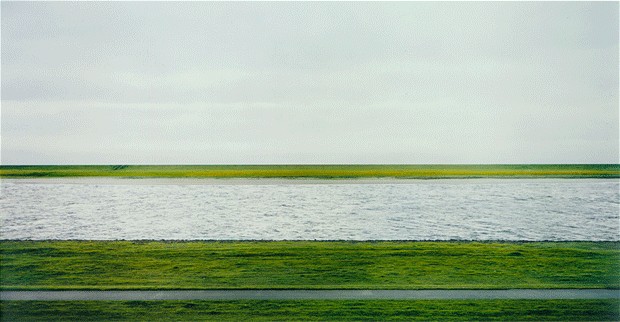
3. “№ 96” (1981) $ 3.9 million
The works of Cindy Sherman, famous for his provocative self-portraits, are very popular among collectors. She does not name her photographs in order to give the audience the opportunity to think of the story itself. “№96 ” – one of the 12 photos of Centerfold series, commissioned by ArtForum magazine.
This self -portrait of Cyndy Sherman that is worth $3.9 million. The heroine in the photograph is a teenage girl. She holds cut out of newspaper advertisings about dating, symbolizing readiness to leave childhood behind and the desire to find her man.
At the time,” № 96″, sold at the auction” Christie ” for 3.9 million dollars, it was the most expensive photo in the world.
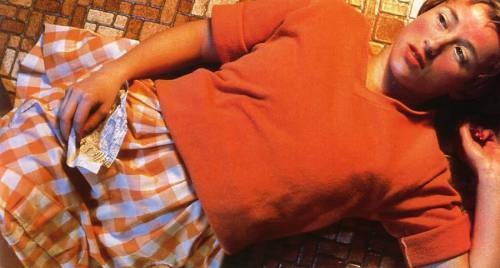
4. “Dead Troops Talk” (1992) $ 3.6 million.
The title explains the story depicted in the photo — “the Vision after the ambush, which hit a patrol of the Soviet army near Mokor, Afghanistan, winter 1986.” However, this is not a real shot: Canadian photographer Jeff Wall was not in Afghanistan. In “Dead Troops Talk”, Wall captures an intricate fictional scene that resembles at once a painting of war.
In 2012, again at the auction “Christie”, the photo was sold for 3.6 million dollars.
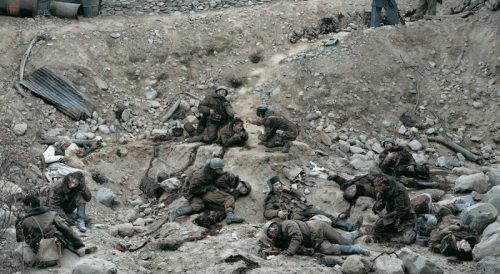
5. “The Pond-Moonlight” (1904) $ 2.9 million.
The picture was taken in 1904 by the American photographer Edward Steichen, depicts a lake and a forest through the trees of which the moonlight breaks. At the beginning of the XX century, color photographs were an exceptional rarity, and “the lake in the moonlight ” the author painted by hand with the help of an autochrome method (potato starch granules filled with paints of different colors were applied to the film). These days, there are only three versions of the photograph. All of them have their own range of shades, as each frame was painted separately.
In 2006, one of them was sold at the Sotheby’s auction for $ 2.9 million.
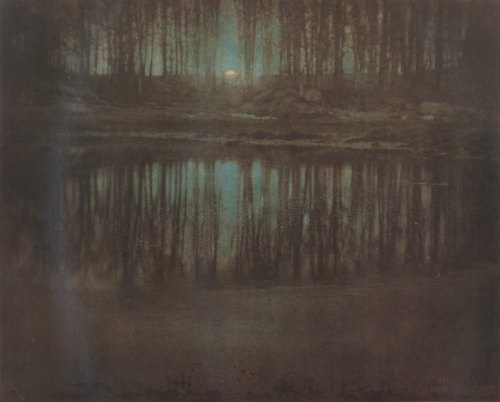
Written by Olesya Kochegura
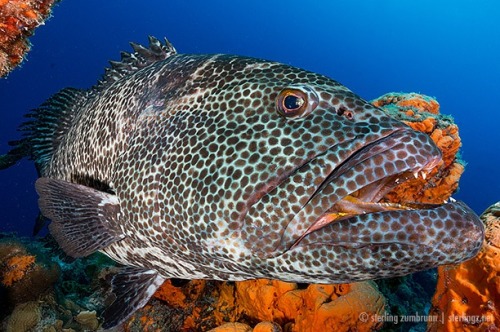
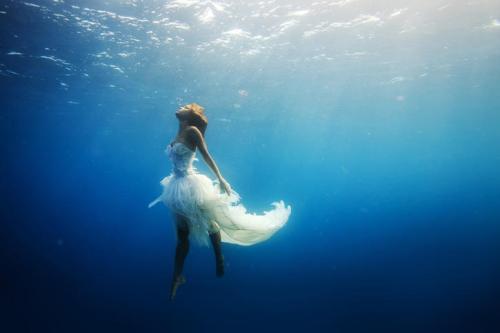
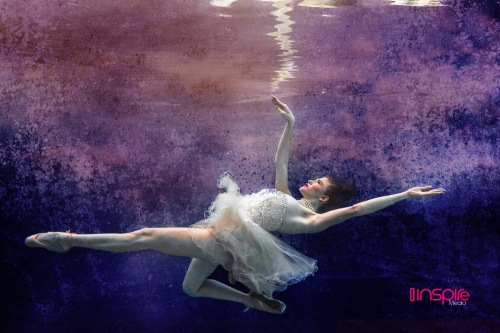











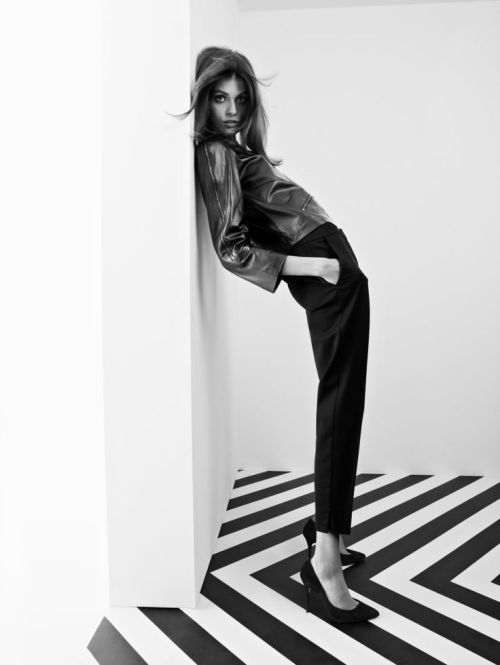
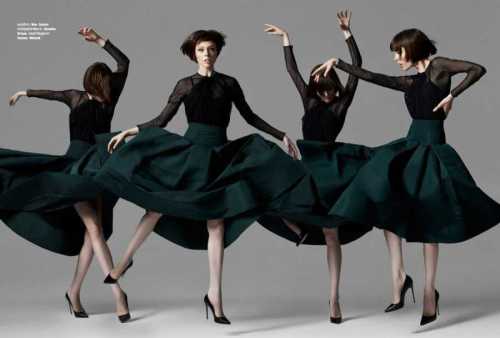
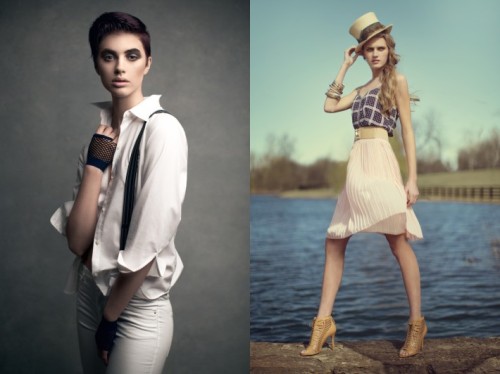

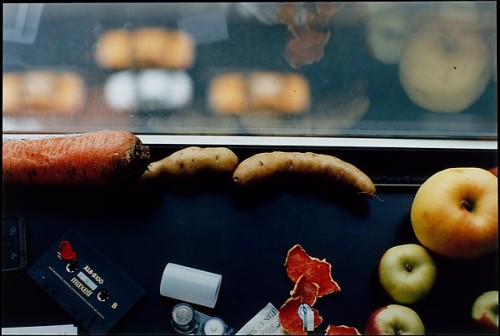








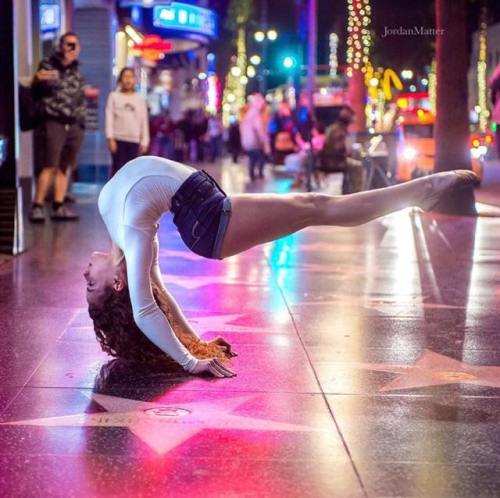
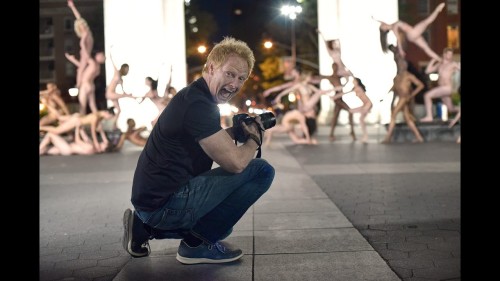
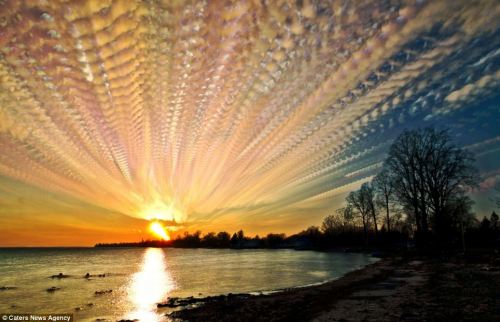
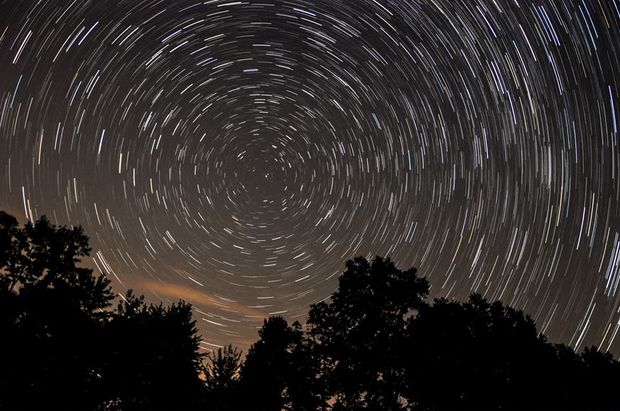
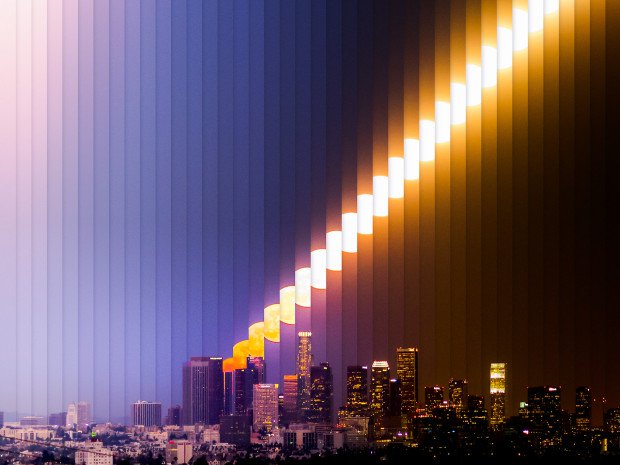
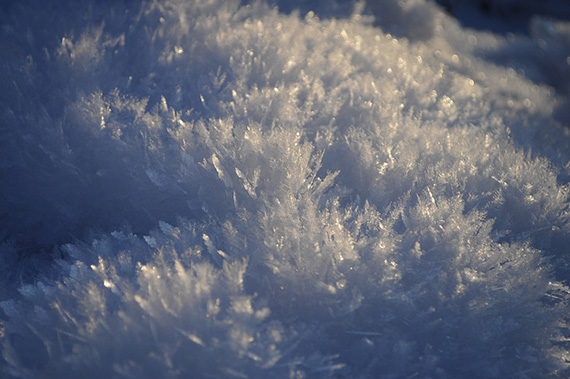
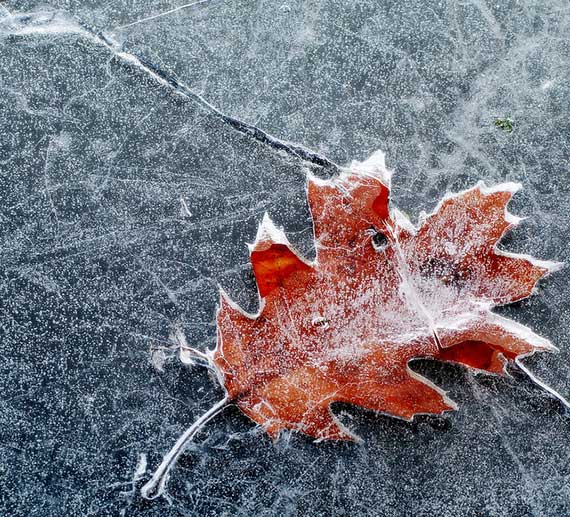

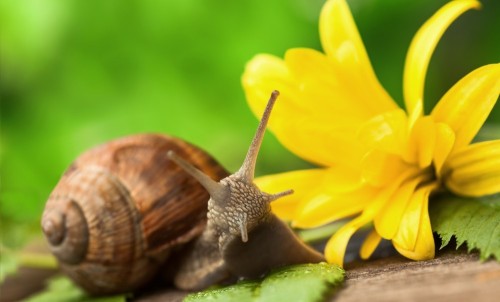
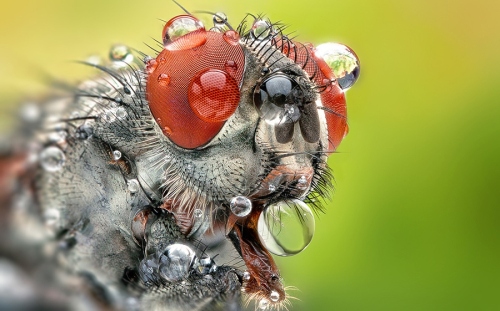
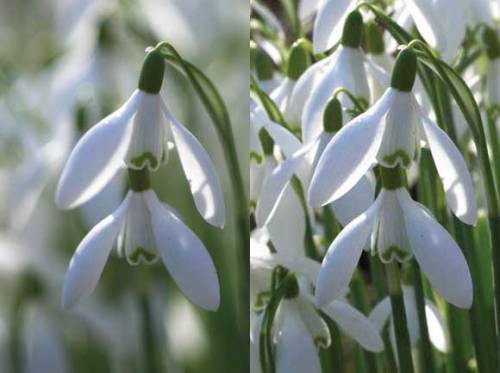






You must be logged in to post a comment.